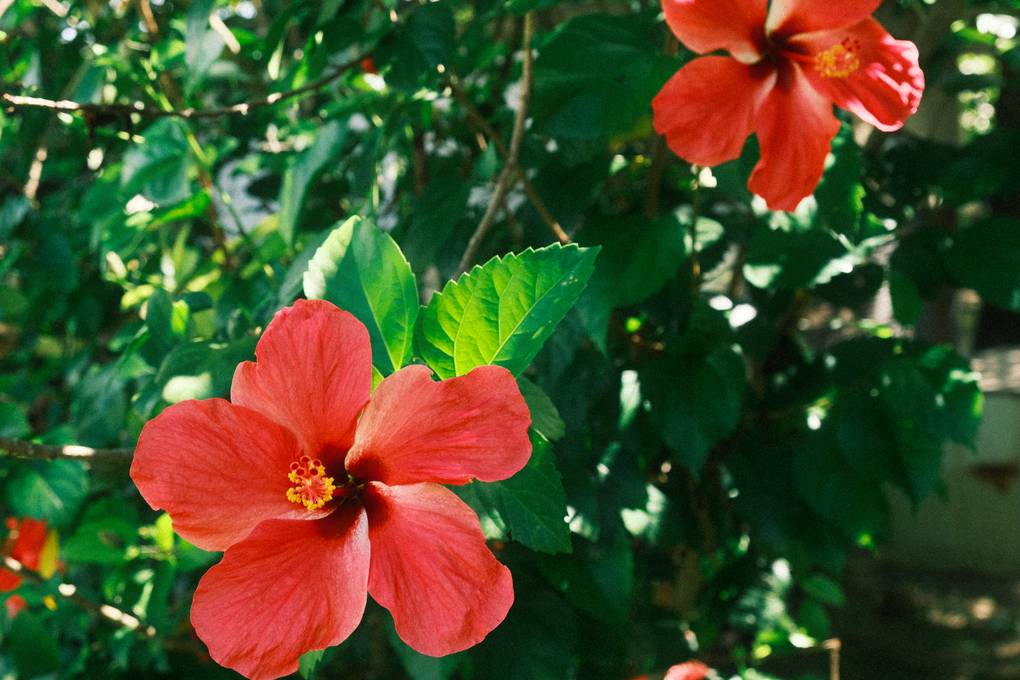
Getting Ready for the Philippines: What to Bring and Apps You Should Download
Rain Coat
The Philippines is a tropical country, so not only should you bring shorts, tees, and sandals, but you should also pack a lightweight rain jacket since the rain can be unpredictable. I recommend bringing basics in neutral colours that complement each other so your outfits can vary easily.
Vaccines
It’s a good idea to get travel vaccines before visiting Southeast Asia, and the Philippines is no exception. The process is straightforward. Talk to your doctor, who can either give you the vaccines or refer you to a clinic. The first round usually provides protection for about a year, and booster shots extend that coverage. It’s best to start looking into appointments about a month before you travel, especially if you might need a series of shots. If you’re short on time, don’t worry, the initial shots should still provide solid protection. Your doctor might also recommend other vaccines depending on your plans. For example, we’re heading to southern Palawan, where there is a malaria risk, so I was prescribed anti-malarial tablets. After your appointment, you’ll receive a small vaccination record booklet. Take a photo of it so you can easily show it to doctors while travelling. This came in handy for us after a motorbike accident, as Chris didn’t need another tetanus shot because he was already covered.
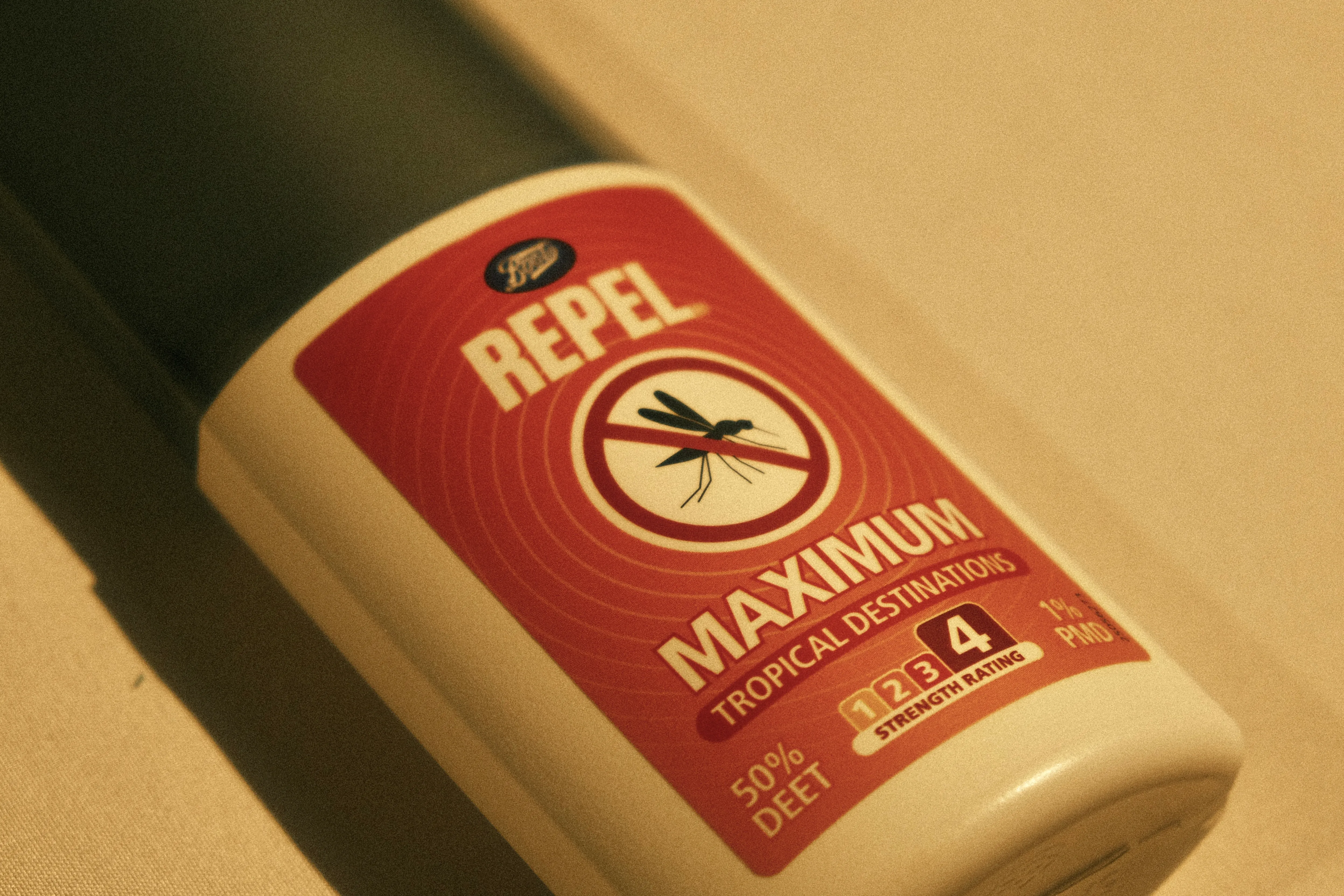
Mosquito spray
Purchase anti bug spray that is labelled 50% DEET; it was recommended by the doctors at our travel health centre.
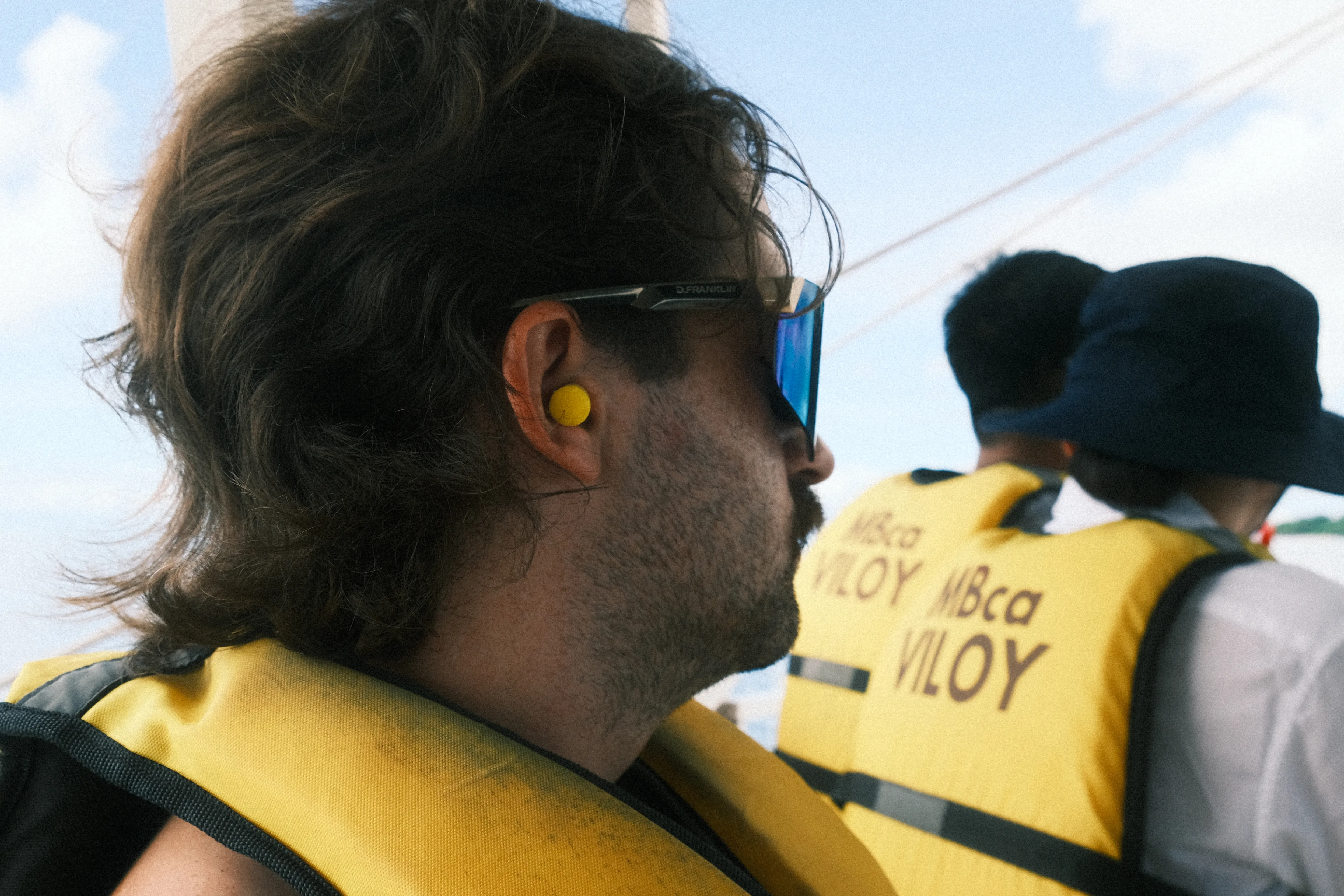
Earplugs
The island-hopping tour boats are actually very loud when travelling from island to island. Many of these journeys between the islands last 30 minutes to an hour, and trust me, you do not want to be listening to the running motor the whole time. Also, Filipinos love karaoke, and they might sing at 5 a.m. if it’s the only time that suits them!
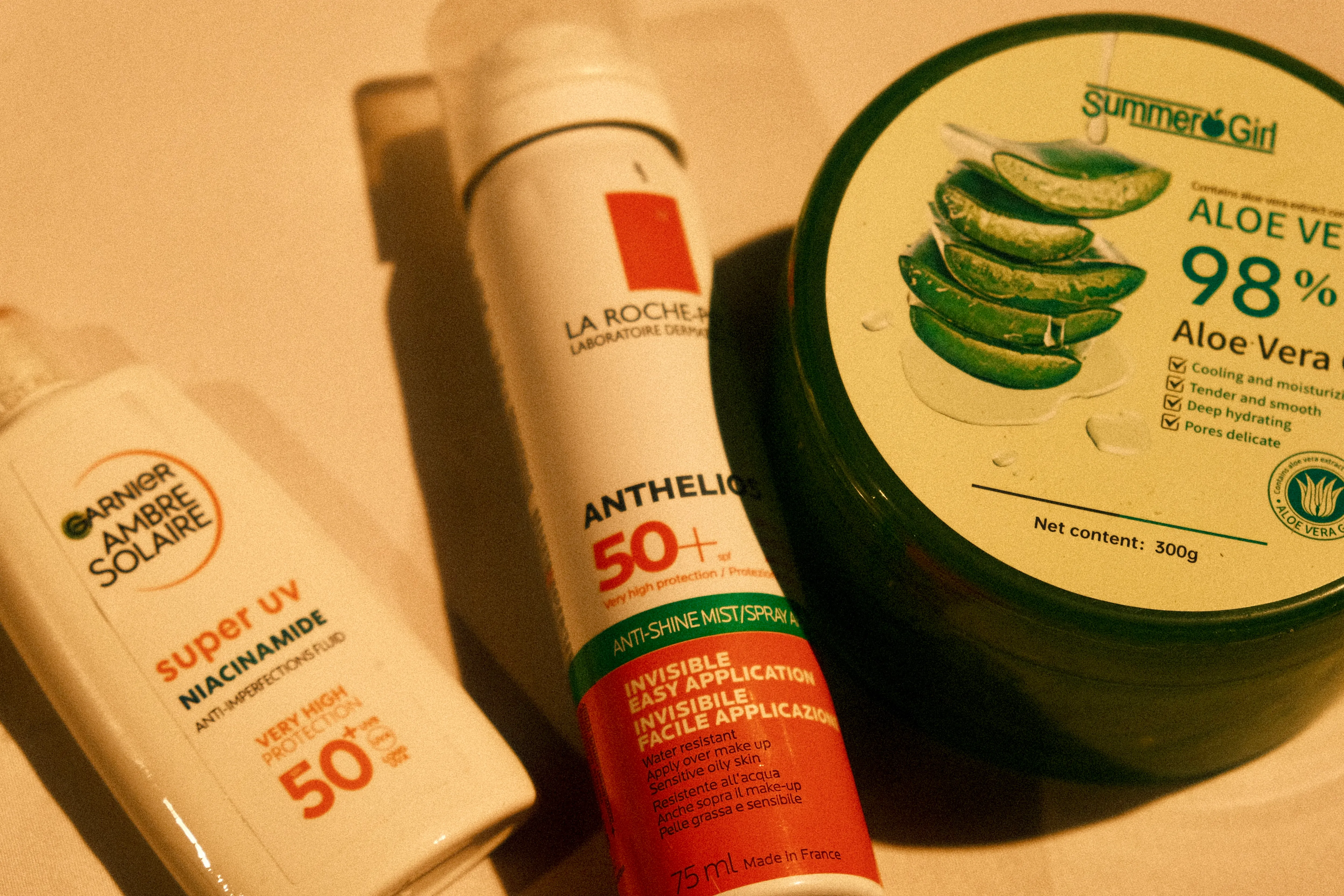
High SPF Sunscreen
Sunscreen is very expensive in the Philippines, and most products contain whitening ingredients and only go up to SPF 20. You should be applying SPF 50+ to protect your skin properly. In case you do get sunburned, applying aloe vera will help cool it down.
Reusable water bottle
I recommend bringing a reusable water bottle, especially flask-style bottles, as they can keep your water cool. Most hostels and hotels offer free water stations.
Bags
Packing a small A4-sized bag is really handy when you’re backpacking. It’s enough space to store your camera, water, portable charger, and other bits for the day. A dry bag is another great option, and you can easily buy one in the Philippines for a cheap price. I got a 10-litre one for ₱300 (around €5). Bring a bumbag to carry change and cash; it saves you from rummaging through your day bag and it’s safer to keep on you.
Adaptors
The Philippines uses type A, B and C sockets.
Camera
Of course, you’ll want to live in the moment, but if you’re like me and love to capture memories, bring a camera. An underwater camera like a GoPro is great for filming your snorkelling sessions. If you’re not ready to purchase one, some places let you rent them for the day. Many shops and beachside vendors also sell underwater phone cases. We got one for ₱200 (around €4).
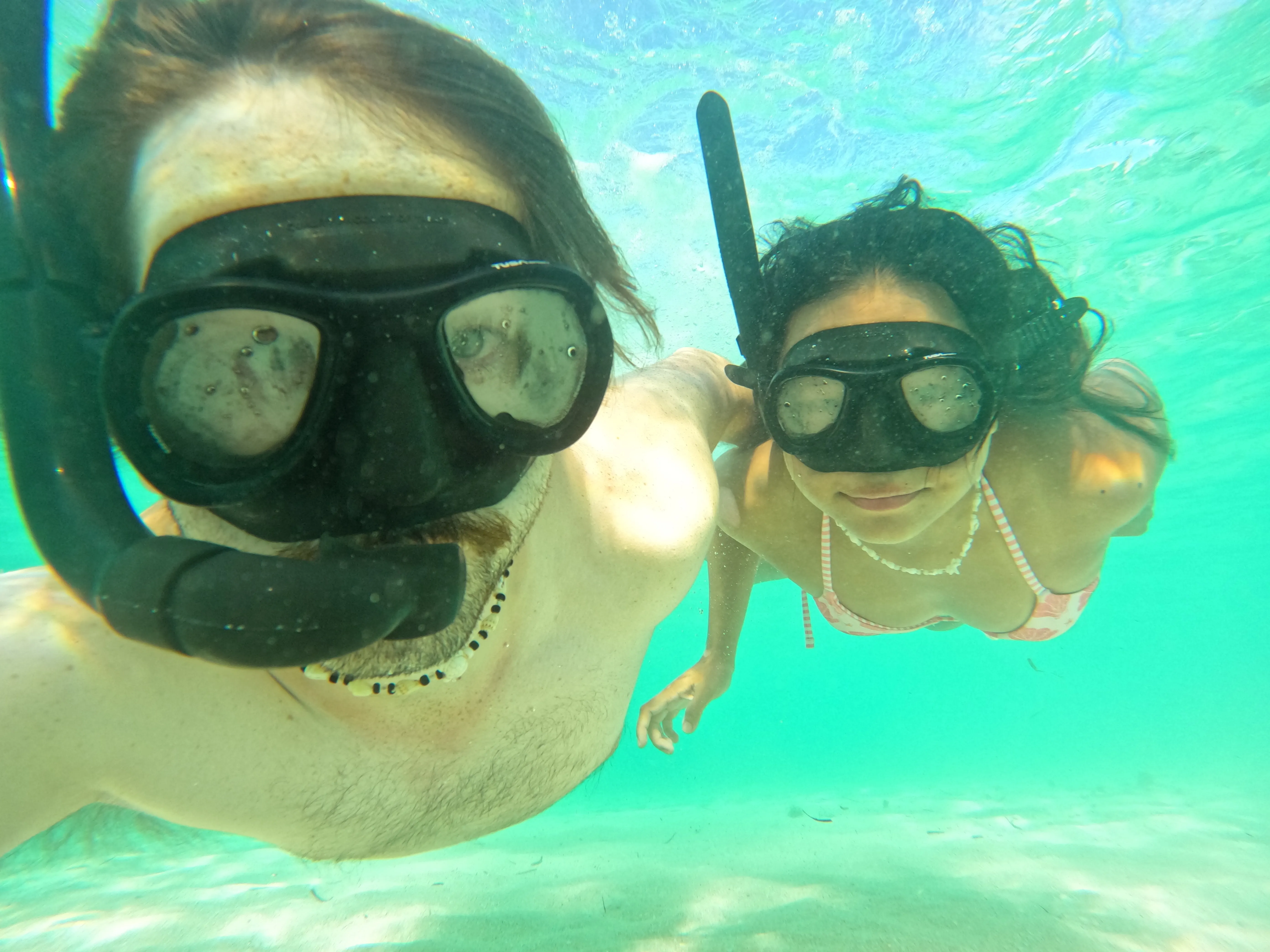
Snorkels
If you’re really into snorkelling, it might be useful to bring your own. The island tours and beaches do rent snorkels, usually ranging from ₱150 to ₱300 (around €3 to €5). However, if you love to head out to the beach whenever you want to snorkel without the hassle of renting each time, it might be worth bringing your own.
First aid kit
A first aid kit is important because accidents can happen. We purchased a pre-packed first aid kit from Boots (a pharmacy). We also packed some Dioralyte (hydration packets), which help with dehydration, hangovers, and diarrhoea.
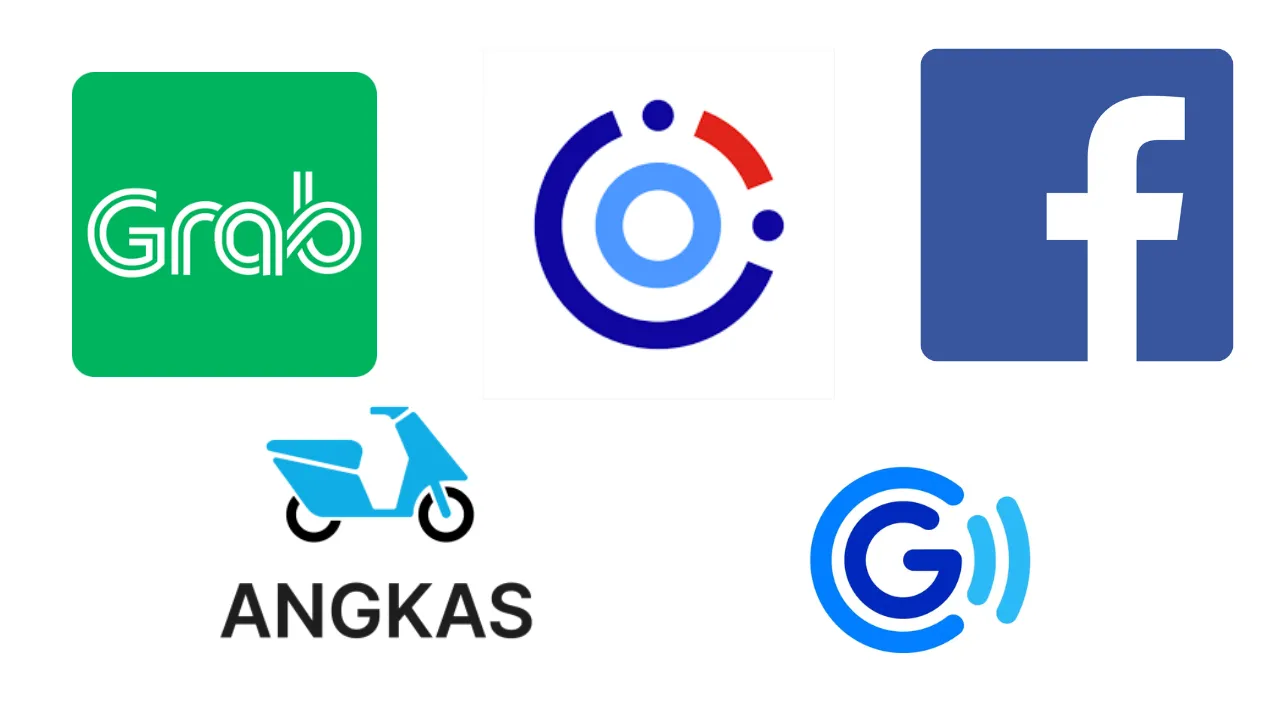
Apps to download:
- Grab: Grab is similar to Uber in the Philippines. It’s widely used in many parts of the country and is very convenient, as you are given a set price for your trip before confirming. There’s no haggling or overcharging, and the app accepts both card and cash payments. Ankas: If you’re a solo budget traveller, Ankas is an app for hailing motorbikes for shorter trips. It’s often cheaper than Grab and quicker during rush-hour traffic.
- GCash: GCash is the local version of Revolut or Venmo, a mobile wallet app widely accepted across the country for payments, money transfers, and topping up phone credit. To register, you’ll need a Filipino SIM card and an ID or passport. You can currently top up your GCash balance through PayPal, and they’re working on expanding international banking options.
- GlobeOne: I’ve been using a Globe SIM card in the Philippines, and the app helps me track how much credit I have left and lets me top up with good data packages. I highly recommend GoEXTRA99; it’s a week of 12GB of data, unlimited calls, and texts for ₱99 (around €1.50). You can purchase a SIM card just outside NAIA Airport or at any local sari-sari shop.
- Facebook: The Filipino community uses Facebook for almost everything. This is where you can find the best deals for tours, motorbike rentals, and homestays. Join Facebook groups for the islands you’re visiting to find useful information about travelling around and comparing prices for tours. This tip can save you a lot of money.